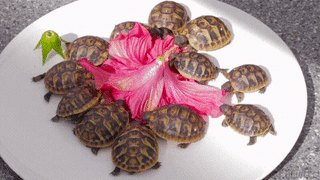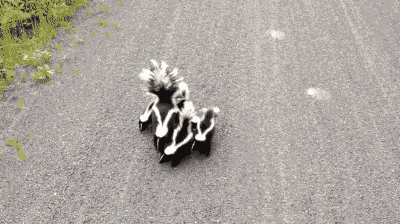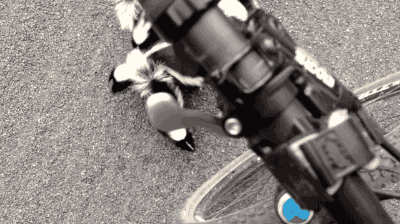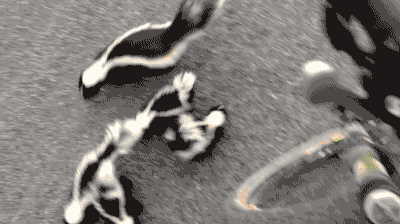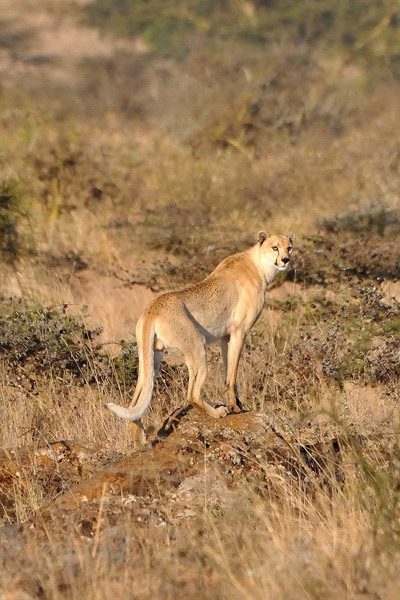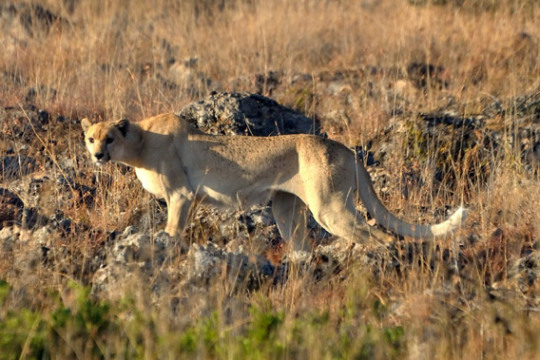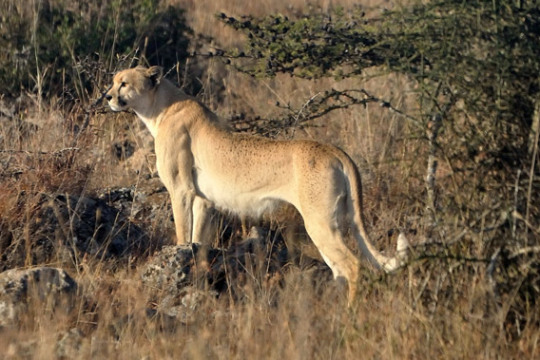Photo
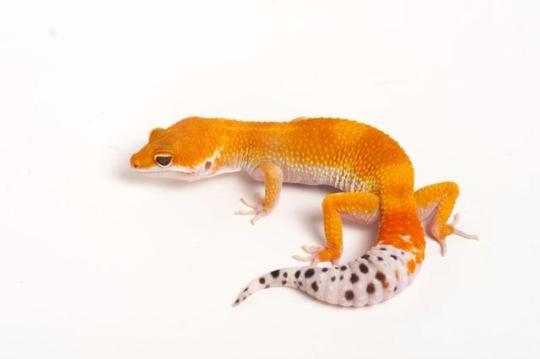
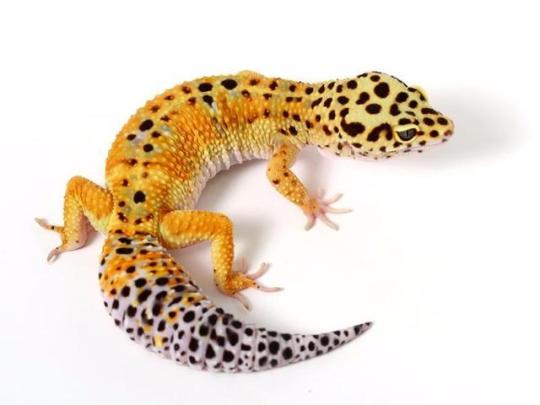
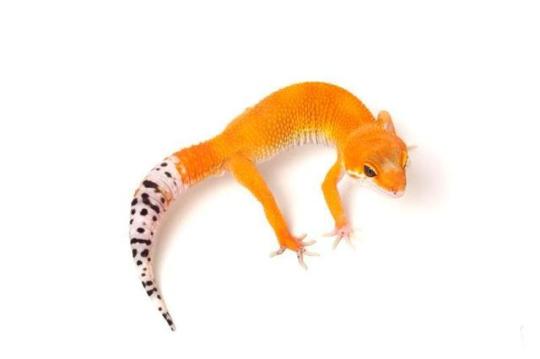
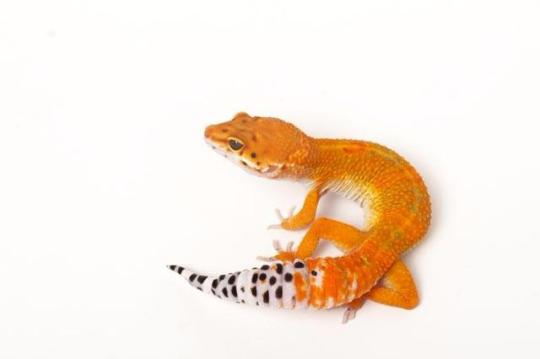
I love Leopard Geckos... from good breeders like GeckoDaddy.com, they’re practically living jewels. Someday I'll be able to afford one of these beauties. Check out GeckoDaddy’s website to see more!
9 notes
·
View notes
Photo
The smile on her face...!
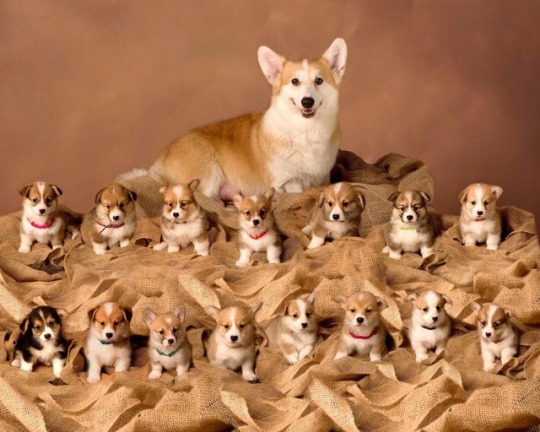
Proud mama of her 15 babies
24K notes
·
View notes
Photo


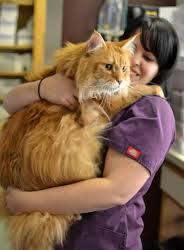



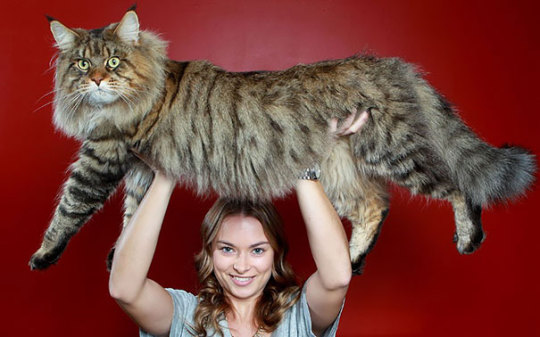
Maine Coon Cats are part of my mental menagerie because I just adore huge cats. Seriously- click on the pics of Coons with their people; these are some seriously big kitties. Males have been recorded reaching 18-20 lbs. Sadly, in real life I couldn't handle the brushing needed to maintain that gorgeous coat, so this native New England furperson lives only in my mental menagerie.
4 notes
·
View notes
Video
297K notes
·
View notes
Note
What do you think of the Institute of Cytology and Genetics domesticated fox project? Do you think it could, or should, affect the breeding practices of exotic pet breeders?
I read an article about it in National Geographic a few years ago, but I don’t remember a ton about it. I was hoping I’d have a chance to read up a bit more before trying to answer this, but at this point, I’d have to wait another week or so (minimum) & didn’t want to make you think I was ignoring the question!
From what I remember, I’m a bit “ehhhh” *wobbly-hands* on the ethics of it. While people largely focus on the “breed friendly foxes to get friendlier foxes” part of the project, I think I remember reading that the other side of this was breeding aggressive ones in a similar manner, and those ones were destroyed.
The basics I remember of the breed-friendly-animals part of it was that they were actively selecting for calm, people-oriented, friendly animals, and thus started getting various traits like floppy ears, tail wagging, and piebald animals? And the animals also progressively became more people-oriented, enjoyed receiving attention & affection & so on.
As far as I know, that’s already kind of a large goal in exotic pet breeders, or at least it is for the main one I’m familiar with - hedgehogs. Generally for responsible, ethical breeders, the first concern is health, second is sometimes confirmation (depending on the animal), and second or third is temperament. It seems to be generally agreed that the parents should be of sound temperament if you plan to breed them, otherwise there’s more chance of things going wrong with babies & being unable to intervene, or babies picking up bad habits, anxieties, etc. from the parents.
I’m not sure if that necessarily answers your question, I guess? Sorry I couldn’t give this as in-depth of a reply as I’d like to. But I’d be very interested if anyone else wants to weigh in or comment, either with more information on the project (last I heard, they were kind of stalled due to lack of funds?), opinions on the question of exotic pet breeding, etc.
6 notes
·
View notes
Photo
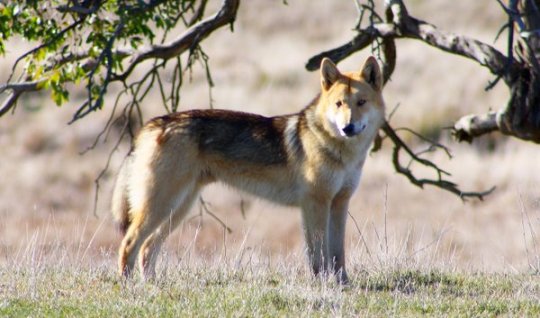
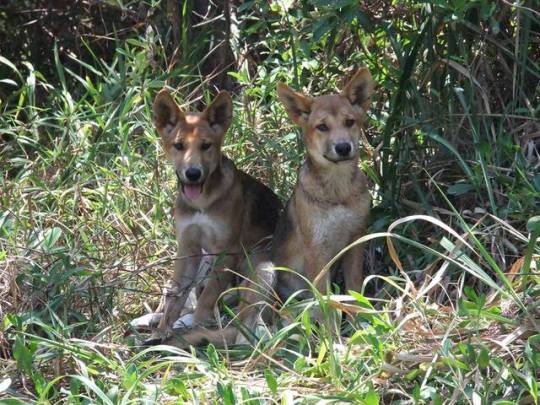
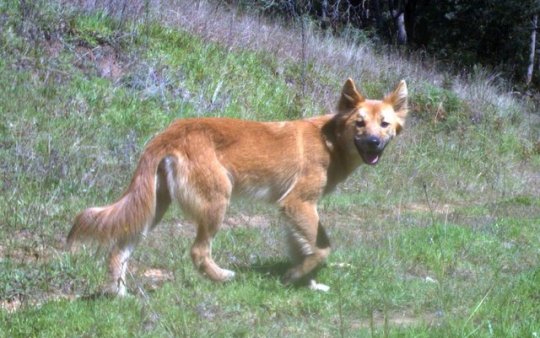

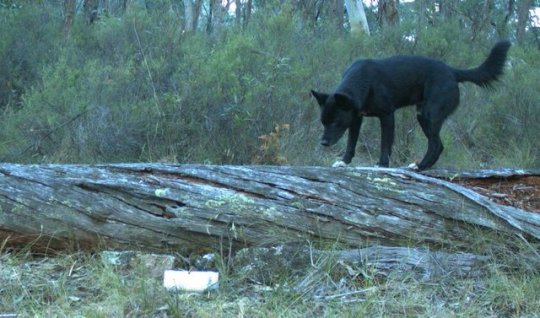





Dingoes (Canis Dingo) are a unique canid species with a wide variety of phenotypical traits, this means physical characteristics like build, colour, ear, leg, tail length, coat colour and length. These ‘types’ of dingoes are distinguishable by people familiar with the species, and can be recognised on sight due to these traits in combination and context. Dingoes are a separate species of canid to dogs, however as canines they share some characteristics that are outside the oldschool ‘rules’ of what a dingo looks like. This leads to confusion and the ambiguity is frustrating and creates a mess of problems. Misinformation is a problem here, but this misinformation is perpetuated by government council bodies, dingo breeders/ sellers, and members of the public who have little to no dingo experience, or with misinformed, rigid ideas of what a dingo should look like. In 2014, dingoes finally had an official taxonomy, which details the biological research undertaken to determine the evolutionary history of dingoes, as well as their physiology pre-invasion day when domestic dogs were brought into the country.
So, everyone, this is just a post to check out the diversity among dingoes and the interesting ways they have evolved, and their physical/ developmental differences to domestic dogs.
Dingoes have evolved so that their progeny are suited to their environment. In these examples,dingoes born in temperate zones in southern states are on the left, through the coldest seasons (where it reaches up to -10 C in winter) for the first two, then to autumn, spring and summer. The dingoes on the right are found in tropical or arid regions. The sable juveniles in the topmost photo are from K’gari (commonly known as Fraser Island) in tropical Queensland. The dingo below is from far north tropical Queensland. The black dingo below this one is from western Queensland, the one below it found in Southern Australia (which is located in the centre of the country for followers overseas). The last dingo on the right is from the northern territory, near central Australia.
Now the reason I have included all wild born dingoes in this post is to also bring in the topic of captive bred dingoes. Like these little fluffclouds. These pups are bred in Victoria, in the Dingo Discovery Centre and are a Type categorised as Alpine dingoes which are officially categorised as extinct in the wild. When they grow up, they’ll look like the dingoes you see in zoos.. because this is where 99% of captive kept dingoes have come from. Very few parks, zoos or people looking for a family dingo (”pet”) take on rescues that are wild born, when these animals are specially bred to be suited to domestic life and environments wild dingoes would be unlikely to cope with. You will not find wild dingoes that look or act like them, and visa versa. This is an important issue that needs to be emphasised, because many people see these ones and can’t recognise a dingo in the wild. Or, they will opt to take on a wild born rescue after knowing captive bred dingoes and get a hell of a shock.
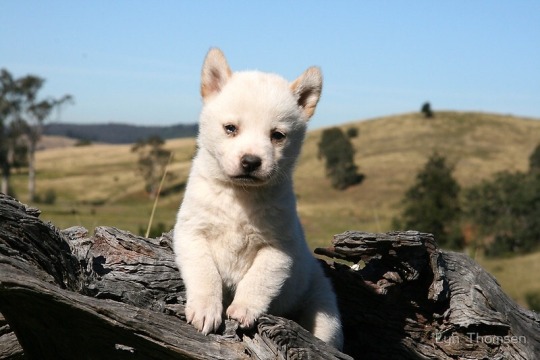

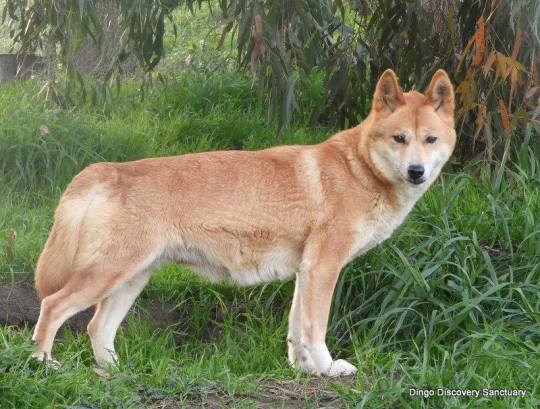
Too much focus is given to coat colour, we’ve established that it is a tiny characteristic which is too ambiguous to rely on alone. What I want to focus on are traits these dingoes share across the species, and have variations of between ‘Types’. Lets start with ears. Dingoes have pricked, rounded ears that do not have the flexibility of a domestic dogs, and will come up from approx 5 weeks of age. However, the length of these ears varies between types, and that in itself influences their rate of growth. Dingoes in cooler climates have slightly smaller ears compared to those in tropical areas. Captive bred Alpine dingoes are much smaller ears than wild dingoes, which naturally mean their ears pop up younger.
Coat length and density is entirely related to their home range, or in the captive bred dingoes case, they are fluffy as hell because Alpines were native to Victorian Alps… and people think they’re cute and will buy them. Wild Dingoes in New England (in New South Wales) deal with some serious cold (it’s like hell froze over, i shit you not), so the dingoes in the first two photos will be a good example of how thick a coat can get to cope with the harshest australian winters. Dingoes in tropical areas can have an undercoat (which drives me insane.. the SHEDDING) and will blow their coat in spring. Dingoes in very hot areas like the the far north, western Qld or central Australia can have a thinner undercoat or a single coat. In arid regions where resources are harder to find, dingoes have longer legs for travelling longer distances than those in forested areas, where it pays to have shorter legs for climbing trees and balancing. Alpines have very short legs which were suited to climbing mountain ranges and having a better grip on the snow.
Common traits found across types of dingoes include hard, angular eyes unlike dogs softer, rounded ones. Their jaw hinges behind the earline, creating a wider gape than dogs, their canines are pronounced and grow longer than the gumline. The teeth are larger in general, and are spaced further apart than a domestic dogs. Looking at a dingo pups teeth, they will look like a dog pups, if they were two to thee times their actual age (this causes confusion when professionals estimate the age of pups, thinking they are domestic puppies).
Their head is the widest part of their body, and is the same width as their chest, which is always narrow. They do not get dewclaws on their hind legs, only their front, and have rotating wrist joints for added dexterity (seriously, they can open jars and turn doorknobs). Dingoes have a distinct gait and track when they walk, carrying their weight lighter on their paws which stand more upright than dogs. Their shoulder muscles do not bulk outward like dogs, but will dip inwards (making it damn near impossible to find a fitting harness).
Dingo tails sit high, and they have a scent glad which is marked with a dark spot ¾ of the way up their tail, near the base. They have furred bellies, and their tail will develop the bottlebrush shape after they reach 1 - 1.5 years of age. Dingoes are very lean, and cannot digest starches, carbs, fatty meat or fruits/ veggies in their diet. That isn’t to say they won’t eat them if there isn’t any option, but it doesn’t go down well and makes them sick.
They grow at double the rate of domestic puppies, and they are born at the same time, once a year, in winter. They can survive separation and weaning much earlier than dogs, and can survive from 3 weeks old without milk. Most die from culls, either poisoned themselves or from starvation, exposure or predators. Surviving dingoes are independent and mature at 4 months, and will stop growing at 15 months. Their coat will continue to change, and will typically lighten with age. Pups are born darker, with most almost black, and very pale pups typically turn white. In stable populations, there is one breeding pair which will inhibit the breeding of their decedents who live in territories extending from their own. Dingoes are highly territorial and do not form flexible social packs like dogs or wolves, but are predominantly solitary. They form strong bonds with mates, and will often remain monogamous. Non breeding females will sometimes nurse and cooperatively raise pups within a family group, and kin groups will occasionally organise a group hunt on large prey.
Dingoes are hyperflexible, and can flip their head all the way back to their spine, and hold their legs out at over 90 degrees without pain or injury. Females typically have a ‘mane’ and ridge of longer hair in a dorsal line. Mostly nocturnal, they usually peak their energy at dusk and sleep throughout the day. Dingoes interact with people and dogs very differently to domestic dogs, and these behavioural, vocal and developmental differences are significant, that will have to come in another post. If you’ve read all of this - thank you - I hope you found it interesting. Please let me know if there’s anything you would like me to elaborate on. I have other posts I am working on with more details, but I’m very happy to take requests.
559 notes
·
View notes
Photo
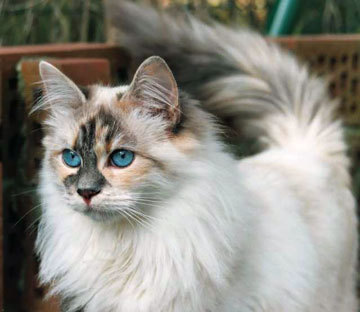
This is the most beautiful example of a colorpoint tabby that I have ever seen in my life. And those eyes!
1 note
·
View note
Note
For my masters project, I wrote a book for teachers about proper care of class pets. I'm thinking of revisiting it in hopes of getting it published, and am working on updating its info. What small animals do you feel are best suited to school life - assuming that the teacher is a proper caretaker (and as a teacher, I know that assumes a great deal - that's what the point of the book is, that teachers who choose to have class pets are obligated to model proper caretaking for the students).
Gah, I find this really hard because I really just…don’t believe in classroom pets. :-/ I’ve had very bad experiences with it personally, and I rarely hear GOOD stories about classroom pets. So the whole thing just seems like a horrible idea to me.
That said…I guess these are the ones I would suggest if the teacher is really willing to put the effort in and make it work out for the animal, not just the classroom & kids, along with my reasoning.
- Invertebrates: I saw a post discussing this recently…I can’t recall if I reblogged it or not. If I remember, I’ll try to find it. There’s a fair number of invertebrates with pretty easy diets, not a lot of special temperature/humidity needs, can be kept in small tanks (5-10g) & are big enough to be interesting to watch. Also generally pretty cheap to buy, set up, & maintain. Bonus of teaching kids the interesting parts of bugs, their important role in various ecosystems, etc. Examples include roaches, other beetles, preying mantids, isopods…I’m sure I’m forgetting some.
- Mice: NOT to be hands-on for the kids; can keep a couple females together in a small enough tank to be reasonable for classroom - 20-30g; don’t need particularly special temperature/humidity; relatively easy diet to manage in classroom setting.
- Gerbils: Also not to be hands-on for kids; again, can keep a pair of same sex gerbils in a similar sized tank as mouse; also a relatively easy diet, no special temp/humidity needs. They do need plenty of digging space & care must be taken with enrichment because they’ll chew it.
These are really the only mammals I’m comfortable even suggesting. I’m still hesitant because both are prey animals that can be easily stressed by noise, so I would consider it necessary for the teacher to watch behavior & health and be willing to remove the animals to their own home if the noise & activity prove to be too stressful. I’m not comfortable listing any other mammals - most need much more space than most classrooms are willing or able to provide, or they need more hands-on socializing, or they have more specific care needs that could get tricky.
- Crested gecko: Similar to above, this is the only reptile I think I’m comfortable with suggesting. I’m not as great on reptiles, so there might be some other potential options. But most reptiles need special heating, lighting, need live prey or frozen rodents for prey, etc. All of that gets a lot more dicey in a classroom setting where heating elements may not be allowed or may get turned off by cleaning staff. Crested geckos don’t really need special heating/lighting (but care does need to be taken that they don’t get too warm, some classrooms can have issues with that), they can be fed a balanced commercial diet that’s easy to prepare, they can be kept in a relatively small tank, they’re fun to watch.
…That’s all I got. Fish can be more difficult to move since the tank must be drained, it would likely be harder to do water changes in most classrooms, etc. Otherwise I’d suggest possibly a betta fish in a 10g tank. But ehhhhh. Birds are an absolute no, hermit crabs require too elaborate of a set up to really be ideal in a classroom (and are not easy to dismantle for taking home on school breaks).
I’m sorry, I’m not sure how helpful this was! There just aren’t a lot of animals that really are reasonable to have in a classroom setting for the vast majority of classrooms & teachers. If a teacher is very dedicated & has permission from their superiors, they could check into curriculum-based programs that some places run - I remember my Fisheries & Wildlife courses discussing a fish program of some kind. I know sometimes there are programs with chicks in more rural areas, but I’m also rather skeptical of how good those are - it just depends on who the chicks go home with & the care they get. I’m guessing most just turn into farm hens, but still.
Another potential alternative idea you could include is doing classroom indoor or outdoor (if possible) gardens. Plants generally need less care, but it’d still be a decent lesson in care and could integrate well with a number of science & environment lessons.
111 notes
·
View notes
Photo
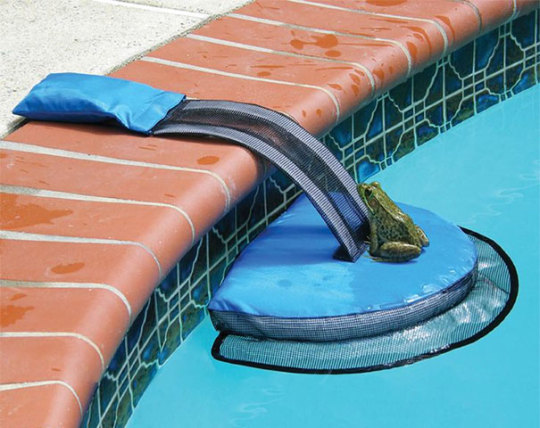
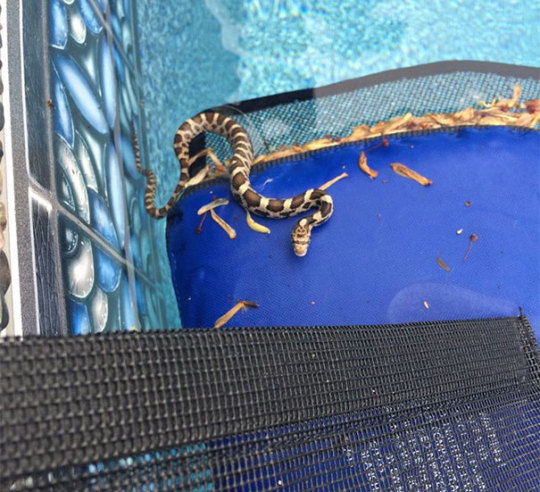
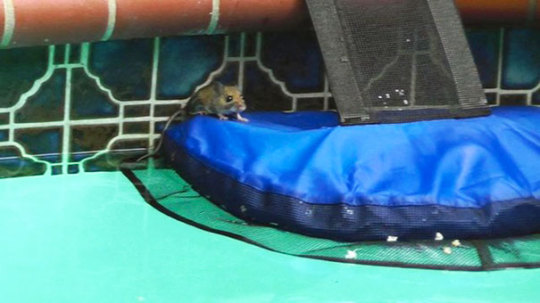

This little device is called The Froglog.
Wildlife biologist Rich Mason invented this little critter saving device after he noticed all the little animals that were becoming stuck and dying in his in-ground pool.
The FrogLog consists of an inflatable platform with an attached mesh skirt, a weighted pouch that secures the device to the pool’s edge, and mesh ramp connecting the two ends. This is a great idea since I’ve had to remove a lot of frogs and poor little drowned mice from my own pool filter. Just want to let people know this exists and if you can’t find one for purchase you could probably just make a homemade one. This is neat.
This must be linked!
115 notes
·
View notes
Photo
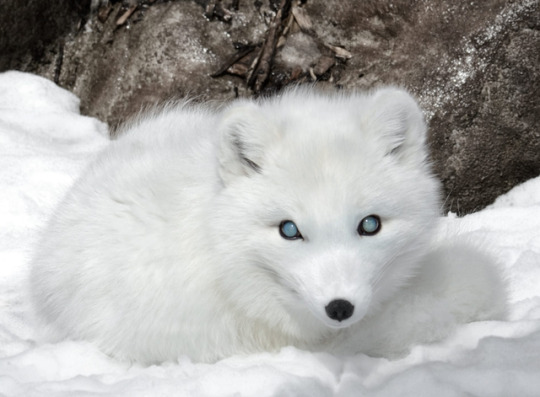
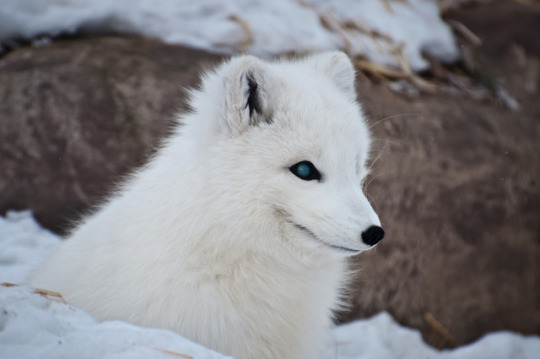
Gandalf the blind arctic fox lives at the Montreal Ecomuseum Zoo. Born with a degenerative eye disease, he has adapted well to being blind, but because of the condition, is unable to live in the wild. (x x)
26K notes
·
View notes
Photo
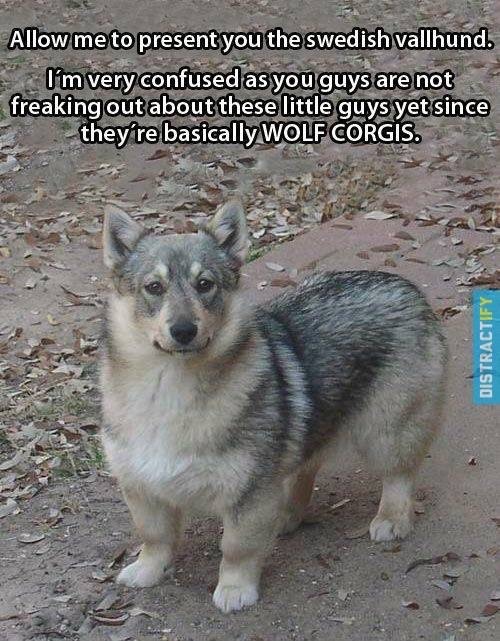
Want!
1 note
·
View note
Photo

This is why I love leopard geckos - smiley and unbearably cute!
2 notes
·
View notes
